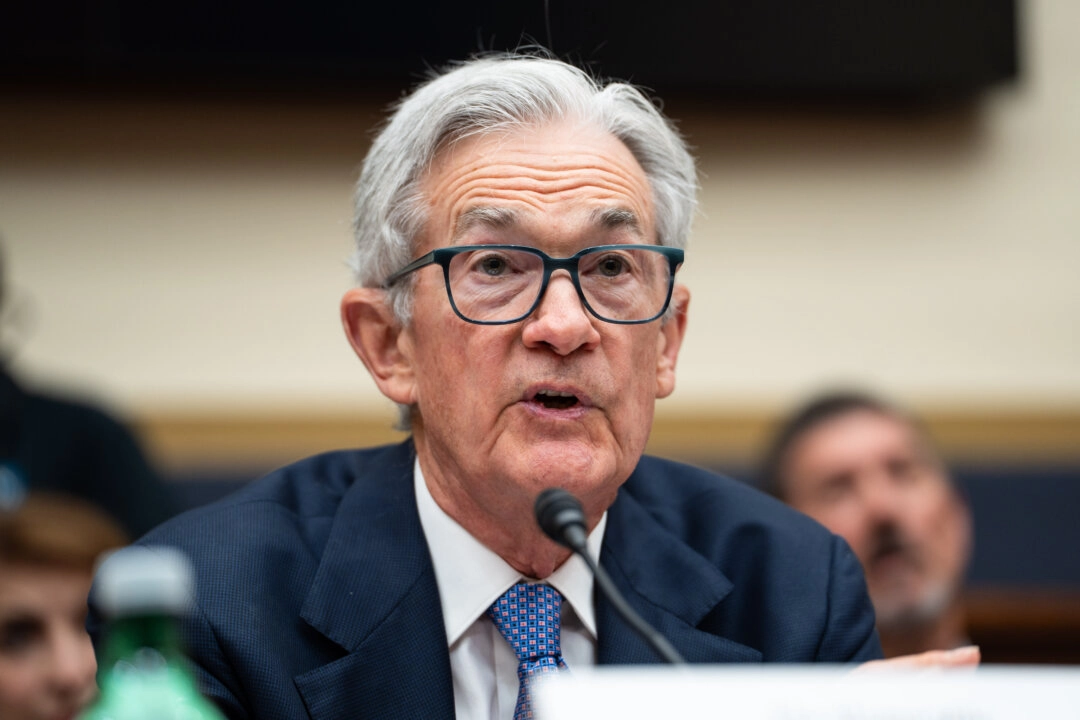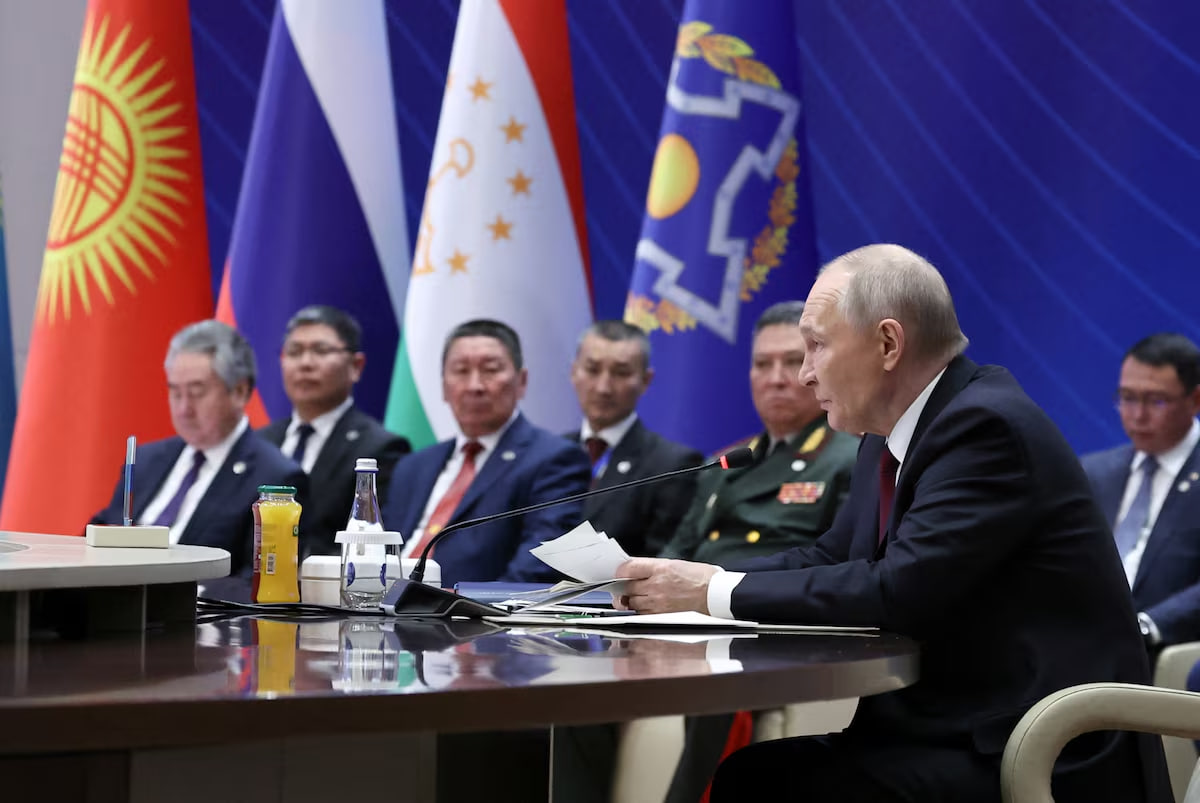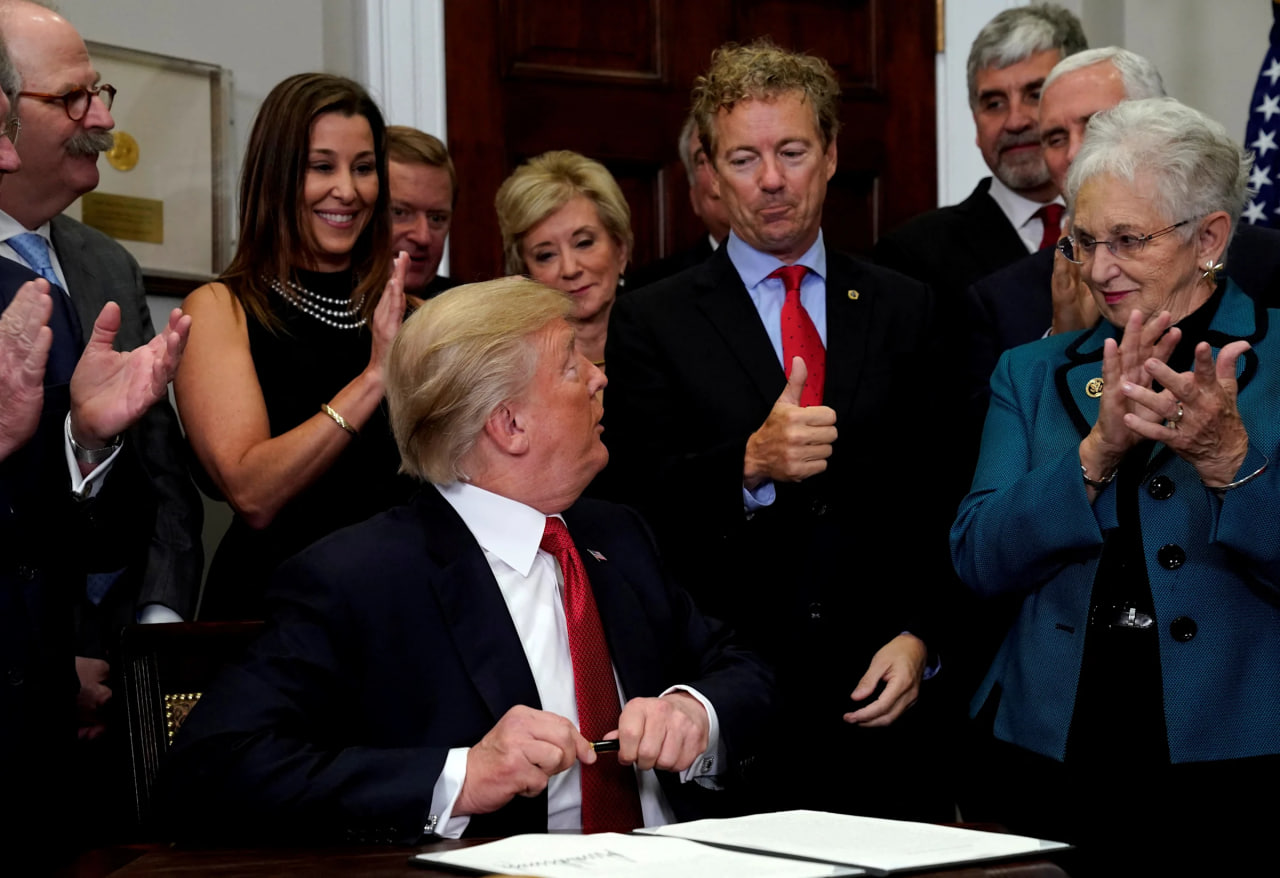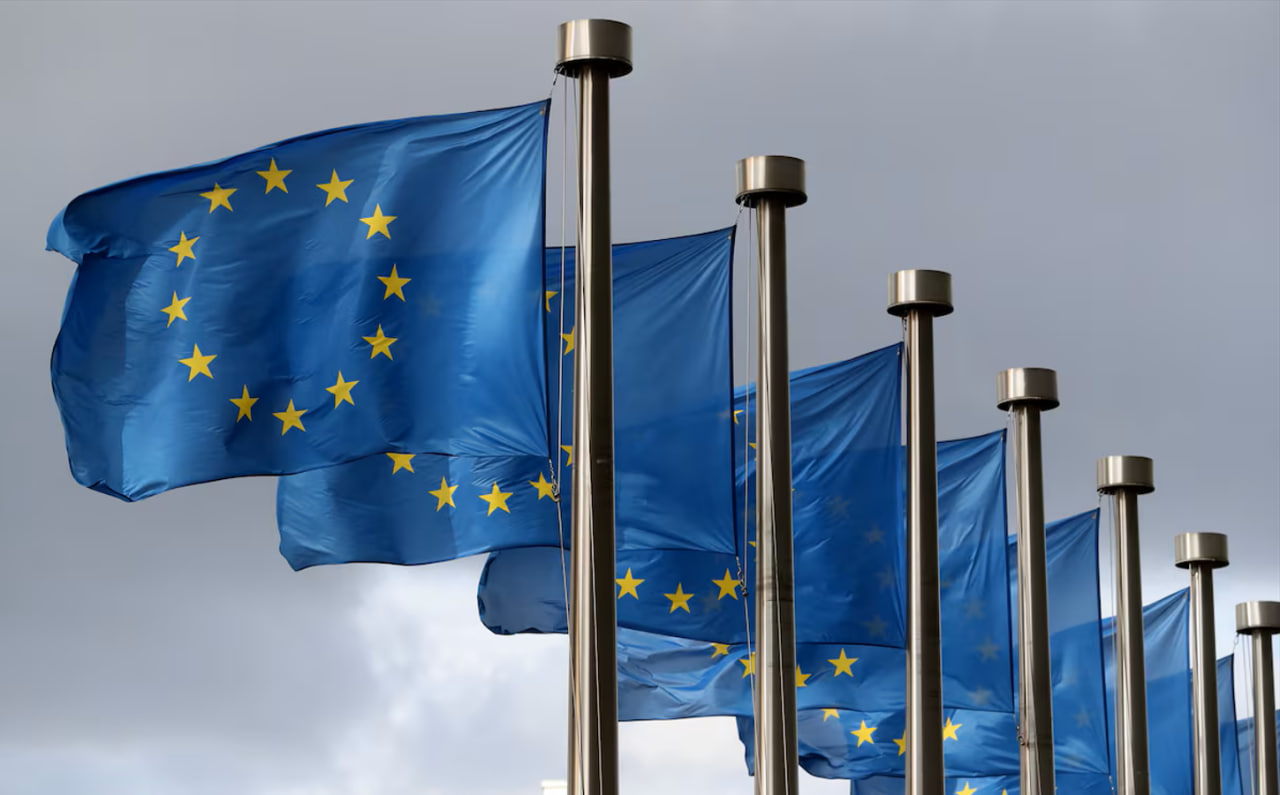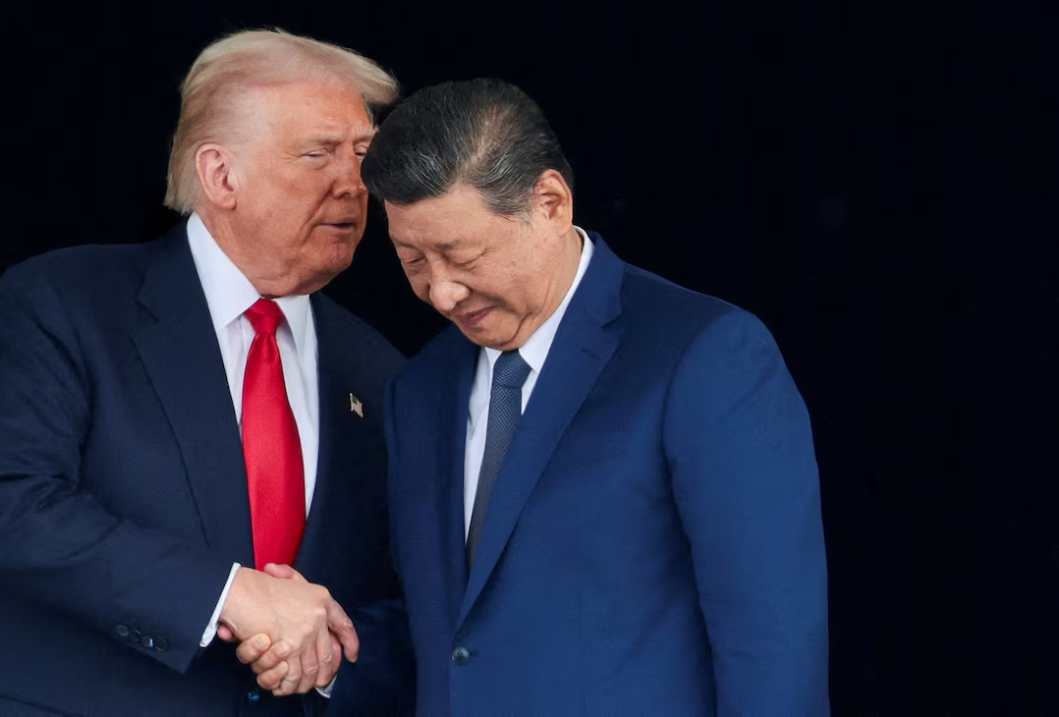Federal Reserve Chairman Jerome Powell testifies during a hearing before the House Committee on Financial Services on Capitol Hill in Washington on June 24, 2025.
But the outcome will depend on the administration’s ‘ultimate level,’ Federal Reserve Chairman Jerome Powell said.
Federal Reserve Chairman Jerome Powell on June 24 told lawmakers on Capitol Hill that tariffs will likely raise inflation and weigh on the U.S. economy.
Powell will deliver his semiannual monetary policy to Congress this week, emphasizing that economic activity is robust, employment conditions are solid, and inflation remains slightly above the institution’s 2 percent target.
Reiterating his comments from last week’s post-meeting news conference, Powell stated that policy changes will likely evolve, meaning that their effects on the broader economy are uncertain.
While tariff effects will depend on their “ultimate level,” Powell cautioned that levies could revitalize price pressures.
“Expectations of that level, and thus of the related economic effects, reached a peak in April and have since declined,” Powell said. “Even so, increases in tariffs this year are likely to push up prices and weigh on economic activity.”
According to the central bank chief, tariff-driven inflation effects could reflect a one-time shift in prices or be more persistent.
It will be the Federal Reserve’s job, Powell said, to ensure that the situation does not metastasize.
“Avoiding that outcome will depend on the size of the tariff effects, on how long it takes for them to pass through fully into prices, and, ultimately, on keeping longer-term inflation expectations well anchored,” he said.
His remarks come less than a week after the rate-setting Federal Open Market Committee voted unanimously to leave the benchmark federal funds rate—a policy rate that influences government borrowing costs and consumer credit instruments—in a target range of 4.25 percent to 4.5 percent.
The June policy meeting also released updates to the Summary of Economic Projections. While the consensus signaled two quarter-point rate cuts this year, seven of the 19 officials said they expect no cuts this year.
Officials also lowered their growth projections to 1.4 percent and raised their unemployment and inflation forecasts to 4.5 percent and 3 percent, respectively.
“This tells us the concerns from the Fed around deteriorating economic conditions and rising inflation remain roughly balanced and potentially keeping Fed policy changes in the abyss for the foreseeable future,” Charlie Ripley, senior investment strategist at Allianz Investment Management, said in a note emailed to The Epoch Times.
Federal Reserve Vice Chair for Supervision Michelle Bowman said at a central bank conference in the Czech Republic that she would support a July rate cut if tariff-related inflation “remained contained.”
Her comments came days after Christopher Waller, member of the Fed Board of Governors, told CNBC’s “Squawk Box” that a rate cut could happen “as early as July.”
Waller said that policymakers should not wait for a crash before restarting the Fed’s rate-cutting cycle.
Inflation Remains in Check
This week, the Bureau of Economic Analysis will release the Fed’s preferred inflation measure for May.
The personal consumption expenditure price index is estimated to rise by 0.1 percent monthly and increase by 2.3 percent year over year. Core personal consumption expenditure, which excludes food and energy prices from the calculation, is also expected to rise by 0.1 percent from April to May and by 2.6 percent year over year.
Scores of inflation readings, from consumer data to business reports, indicate that inflation remains in check.
Looking ahead, inflationary pressures could be building.
President Donald Trump, who has advocated for the central bank to lower interest rates immediately, has said that if inflation rises in the future, the Fed can then raise rates.


